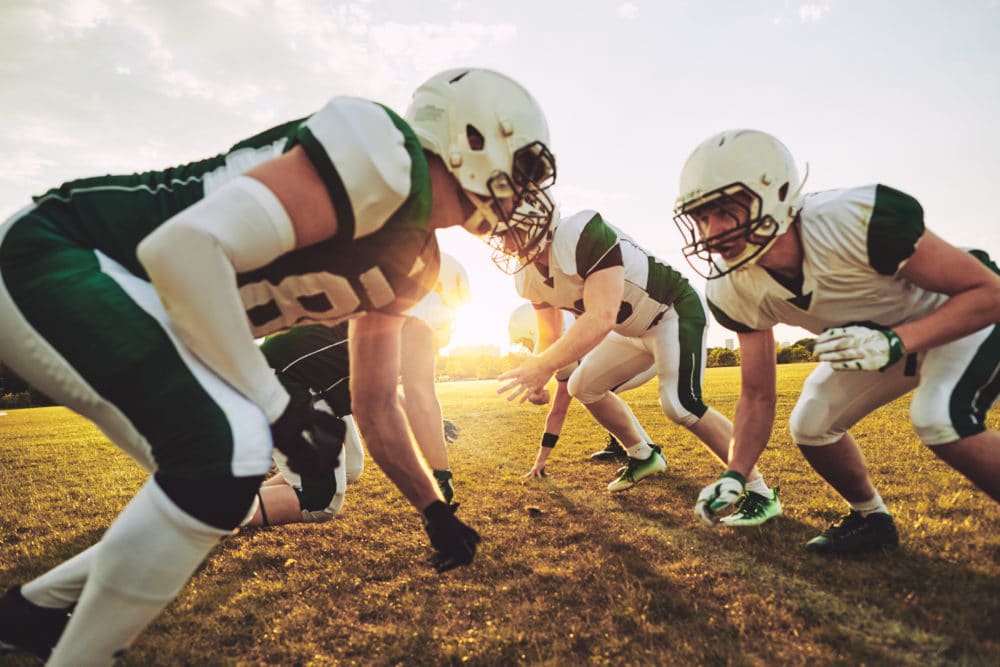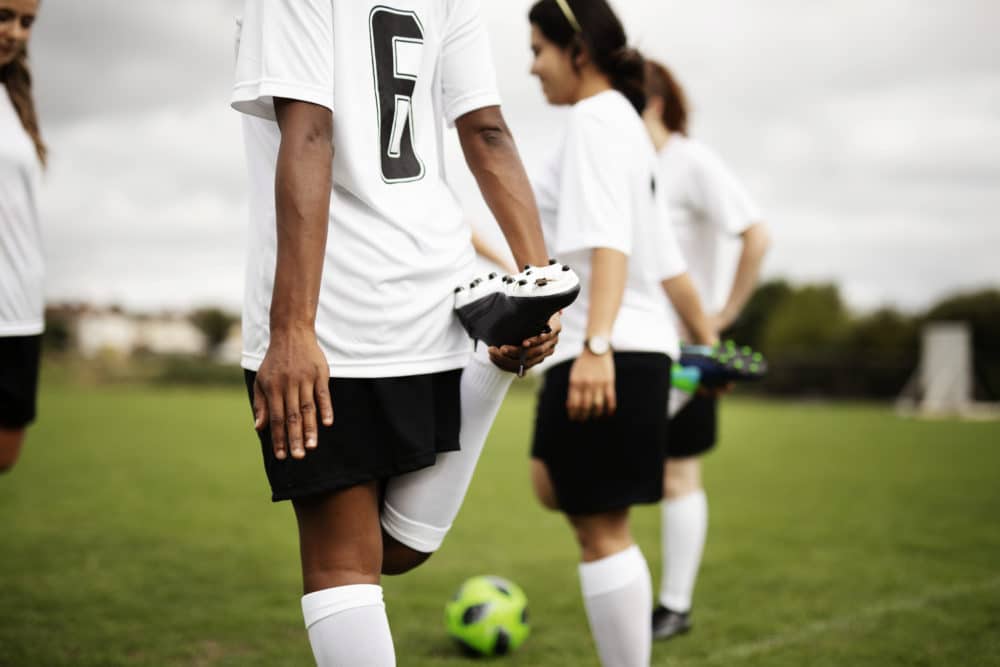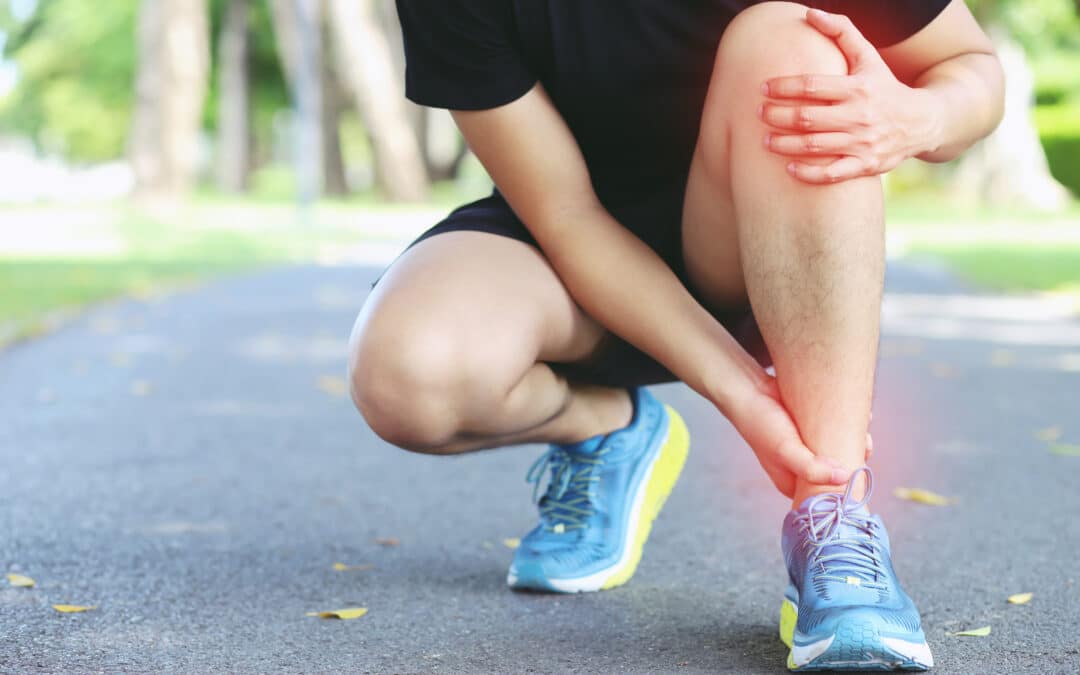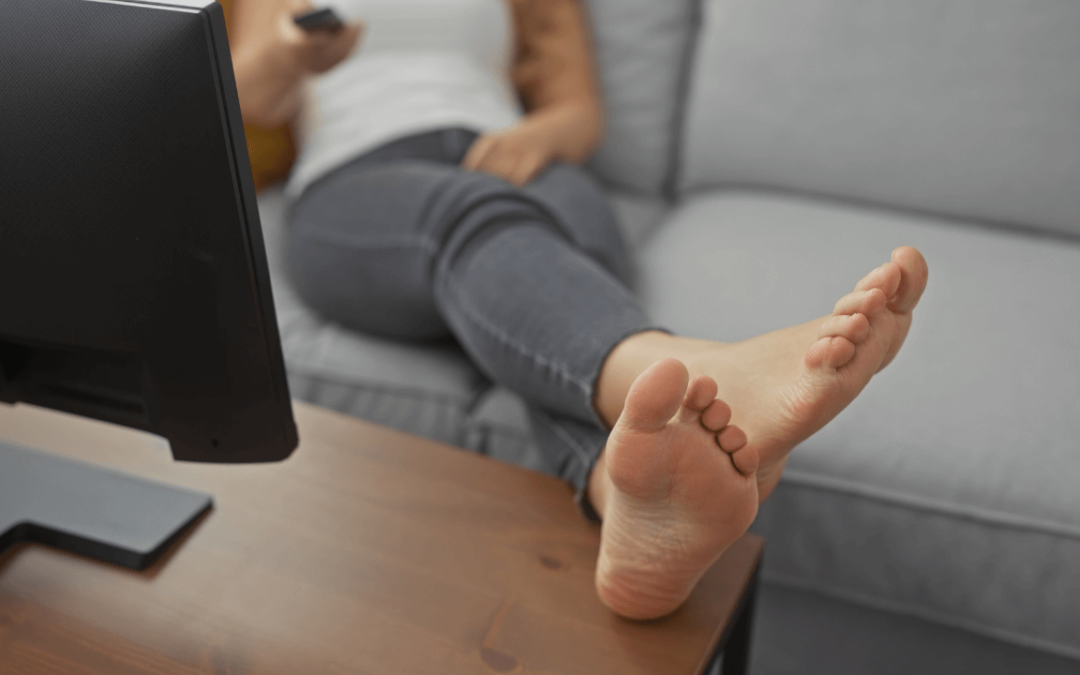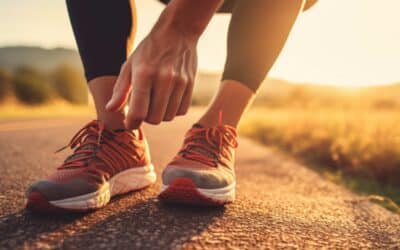It’s fall in Texas! The nights are a little cooler, high school football is in full swing, and people everywhere—kids and adults—are stepping out of the air conditioning and enjoying some more outdoor exercise.
Are you one of them? If so, that’s great! We’re sports lovers here at Texas Foot & Ankle Center, and we love seeing our patients and friends getting active and taking control of their health.
But here’s the thing Sports Medicine:
All physical activity comes with risk. And if you want to play as long and as hard as you possibly can, while keeping the odds against a serious foot or ankle injury in your favor, you should really make sure you understand how to manage that risk.
A few simple adjustments to your routine, your equipment, or even your mindset can be the difference between continued good health or a nasty injury that keeps you laid up for weeks or even months.
Let’s talk you through some of the most important steps you can take.
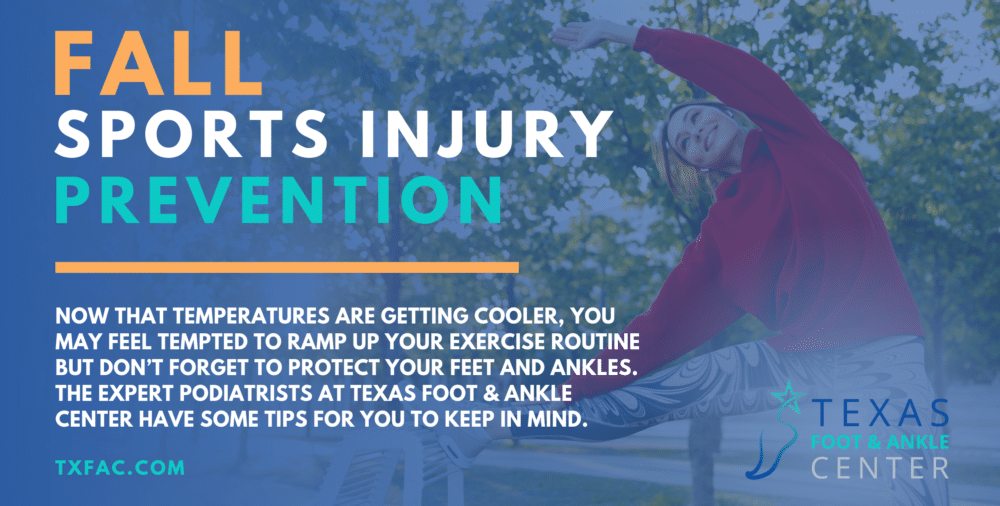
Get a Physical Exam
So this advice might be a little too late for our football players and other fall athletes. But keep it in mind for the winter season: A pre-season physical, scheduled several weeks before you start your games, is an important precautionary measure.
If you’re afraid a doctor might “shut you down” before the season begins—yes, in very rare cases that might be a possibility. (Although if it does happen, trust us that it’ll be for the best.)
More likely, though, your physician will simply identify any risk factors that you may or may not be aware of, and then can give you highly specific advice about how to play safely based on your physical condition, biomechanics, and chosen sport.
We are happy to give your feet a good check-up before sports start, especially if you’ve struggled with sports injuries or foot pain in the past. Bring in your old athletic shoes, too! Often we’re able to get you set up with a good pair of orthotics that will help you not only reduce your injury risk, but play better, too.
Gear Up Properly
Making sure you have all the proper gear and safety equipment is one of the most important prerequisites to any kind of vigorous physical activity or sport. And we’re not just talking about helmets, pads, and jerseys here.
Having the right pair of shoes (or skates, or cleats, etc.) is extremely important if you want to keep your risk of getting hurt to an absolute minimum.
What makes a pair of shoes the “right” ones? A couple of important things to consider:
- They fit properly. As obvious as this seems, lots of people struggle with this one. Always make sure you measure your feet before you buy, and test the fit to make sure the shoes feel comfortable right from the start. We also recommend you shop late in the day (as feet already tend to be a little swollen), and bring along (or wear) your athletic socks to make sure you really nail the fit.
- They are sport-specific. Don’t be tempted to think that any old pair of athletic sneakers will do the trick regardless of your activity. Sport-specific shoes are hugely important if you plan to participate in a particular sport regularly or competitively, and not just because you’ll play better. Different sports endanger your feet and ankles in different ways, and sport-specific shoes help protect you from those characteristic injuries.
- They are in good repair. Even the best-made athletic shoes wear out after a few hundred miles logged. Make sure the treads are still relatively fresh and you’re getting good shock absorption from the midsoles. Also, do not buy used shoes or cleats, ever. Not only will you increase your risk of blisters, heel pain, and other injuries, but you might just pick up a fungal infection, too.
Train Yourself Correctly
You can’t just rush into fast-paced, competitive play from a dead stop—especially if you’re switching sports or spent most of the last few months on the couch. Building up to maximum level—and then maintaining it—requires a certain degree of time and planning if you want to avoid hurting yourself.
- Start (and build) slowly. If you’re joining a team or league, start your training several weeks before the season begins. If you’re just playing for yourself (running, casual tennis, etc.), just start at an easy, sustainable pace. Then, increase the difficulty and intensity (in terms of distance, pace, weight, etc.) by no more than 10-15 percent per week until you reach full speed.
- Cross-train. By varying your activities, especially with a mix of both high-impact and low-impact exercises, you can train multiple muscle groups concurrently (and significantly improve overall athleticism) while ideally avoiding excessive wear and tear on any one part of your body. In addition to weight training (highly recommended for all sports), other low-impact options include swimming and cycling.
- Get enough rest. Cross-training will definitely help with this, but it’s also important that you do build some rest days into your workout routine. Rest is an important part of the strengthening and fitness process—after you “break down” your body through exercise, your body rebuilds itself stronger. If you’re not taking those rest days, you’re just going to grind yourself down without letting your tissues rebuild.
Listen to What Your Body Is Telling You
This may be the hardest bit of advice of all.
We know—athletes don’t ever want to admit that it may be time to stop and seek help. We don’t want to let our teammates (or ourselves) down. We’ll convince ourselves that we just need to “walk it off.”
However, this is a very bad idea that can lead to much more serious injuries or chronic pain down the road. In the end, you’ll just be out longer, and be more miserable in the meantime.
Minor aches and fatigue are one thing, but if anything hurts you need to seek help.
Fortunately, if you do hurt your feet or ankles out on the field this fall, you have a team you can rely on—the team at Texas Foot & Ankle Center. As we said earlier, we’re big-time sports fans, and we love to help athletes of all ages and ability levels stay in the game.
Whatever is hurting your feet, we’ll get to the bottom of it and provide you with effective treatment options tailored to your situation.
To schedule an appointment at our Dallas podiatry office, just give us a call at (214) 660-0777. You can also request an appointment online.
